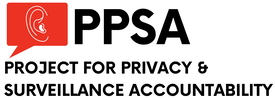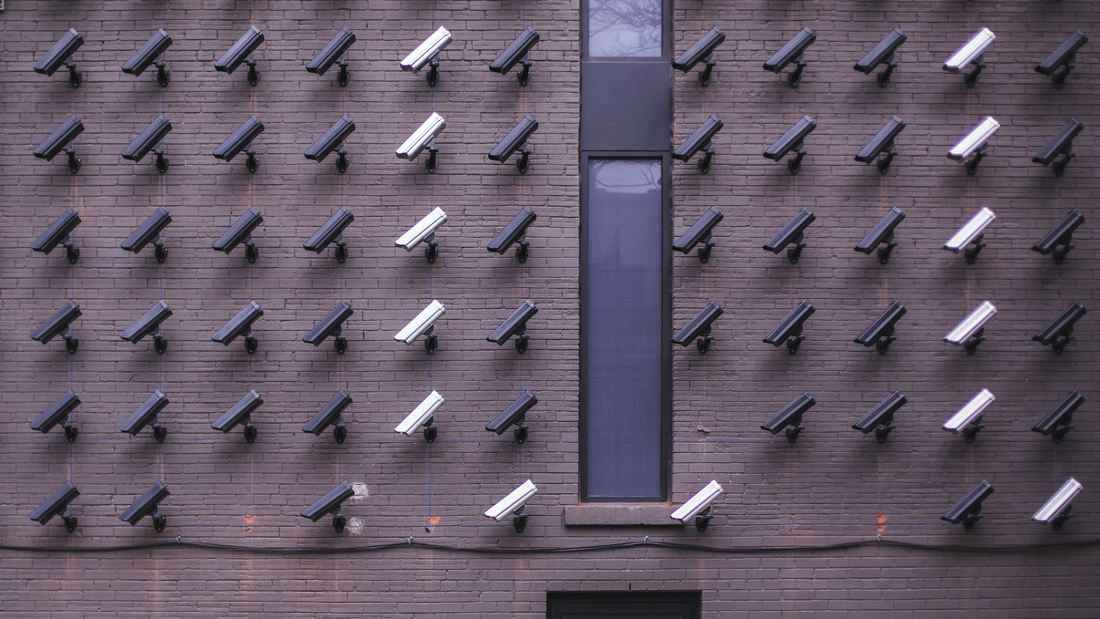|
Surveillance is key to fighting crime and catching criminals, but the same system that protects us also endangers the privacy and security of ordinary citizens. It would be naïve to imagine that mass and indiscriminate surveillance will only be used against the “bad guys” – or that we can even all agree on who the “bad guys” are over time.
Such concerns come to top of mind with stories, like that of California Gov. Gavin Newsom, who recently announced a plan to combat crime in Oakland by installing 480 high-tech cameras on the city’s busiest roads and freeways to catch criminals. As commendable as that sounds, we have to ask what else it will catch – and what will local and state law enforcement do with all that information? These cameras will capture the make and model of vehicles, as well as read license plates, alerting police if a suspect’s vehicle is spotted. Installed with support from four large corporations with a presence in the Bay Area, it’s a fair bet that these cameras are likely very popular with residents. Oakland has seen skyrocketing rates of crime, with car jackings, thefts, and armed robberies becoming commonplace. The city recently made national news when the iconic In-N-Out burger chain shuttered its first restaurant in Oakland out of concern for its employees. The planned installation of mass surveillance on Oakland’s streets is just the latest story in a national trend. The left-leaning Atlanta Community Press Collective reports that local law enforcement in Atlanta is promoting an electronic surveillance system of people who wear court-ordered electronic monitoring while on parole or awaiting trial. Talitrix, a surveillance company, “uses geofencing and proprietary algorithms to produce a ‘Talitrix score’ that agencies can use to determine whether someone’s behavior on pretrial release or probation should subject them to re-arrest and incarceration.” Talitrix proposes to integrate its technology with that of another surveillance firm, Fusus, which supports Atlanta’s expansive camera network. That network links public video feeds with those from stores, shopping malls, apartment buildings, and homes to combine public and private cameras to give the police constant citywide surveillance. The Atlanta Community Press Collective reports that integration “would combine GPS-enabled digital shackles featuring biometric monitoring capabilities with the growing canopy of Fusus-linked video cameras” across Atlanta. This system would put up to 900 people under constant video, audio, biometric, and GPS surveillance during their pre-trial release, placing them in what Cooper Quinton of the Electronic Frontier Foundation calls “an open-air prison.” Quinton added, “Even if you have not yet been convicted of a crime under this system, you and your family could be subject to constant, targeted video surveillance.” Video surveillance and automated license plate readers combine with local use of cell-site simulators (which follow a cellphone user’s location), facial recognition, aerial video surveillance, “predictive policing,” location tracking, and social media monitoring to create a system of continuous surveillance. Add AI into the mix, and you have all the elements to create a Chinese-style surveillance state. The expansion of surveillance is being done, as we have seen in Oakland, with the admirable intention of curbing runaway crime. Without proper safeguards and limits on how collected data can be used, however, the knitting together of all these data streams makes the potential for Orwellian surveillance all but certain. Our choices come down to tradeoffs between security and freedom. We can limit access to surveillance without a warrant and apply limits on data collection. Otherwise, China shows us the consequences of a complete sacrifice of liberty for security – you get neither as the government becomes the greatest threat to both. To learn what your local government can do with technology check out the Electronic Frontier Foundation’s updated Street Level Surveillance hub. In the meanwhile, we all need to understand that there are tradeoffs between increased safety and reduced privacy. There is a tipping point, which we are approaching, in which the networks that protect us can become the new threat. Comments are closed.
|
Categories
All
|


 RSS Feed
RSS Feed